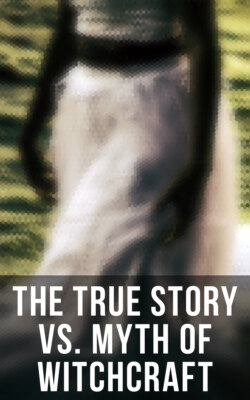Читать книгу The True Story vs. Myth of Witchcraft - William Godwin - Страница 86
На сайте Литреса книга снята с продажи.
Statue of Memnon.
ОглавлениеThe Magi of Egypt looked round in every quarter for phenomena that might produce astonishment among their countrymen, and induce them to believe that they dwelt in a land which overflowed with the testimonies and presence of a divine power. Among others the statue of Memnon, erected over his tomb near Thebes, is recorded by many authors. Memnon is said to have been the son of Aurora, the Goddess of the morning; and his statue is related to have had the peculiar faculty of uttering a melodious sound every morning when touched by the first beams of day, as if to salute his mother; and every night at sunset to have imparted another sound, low and mournful, as lamenting the departure of the day. This prodigy is spoken of by Tacitus, Strabo, Juvenal and Philostratus. The statue uttered these sounds, while perfect; and, when it was mutilated by human violence, or by a convulsion of nature, it still retained the property with which it had been originally endowed. Modern travellers, for the same phenomenon has still been observed, have asserted that it does not owe its existence to any prodigy, but to a property of the granite, of which the statue or its pedestal is formed, which, being hollow, is found in various parts of the world to exhibit this quality. It has therefore been suggested, that the priests, having ascertained its peculiarity, expressly formed the statue of that material, for the purpose of impressing on it a supernatural character, and thus being enabled to extend their influence with a credulous people. 21
